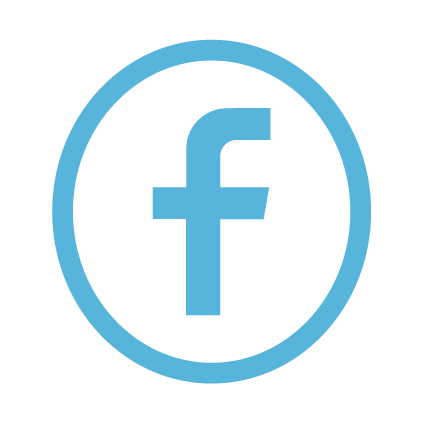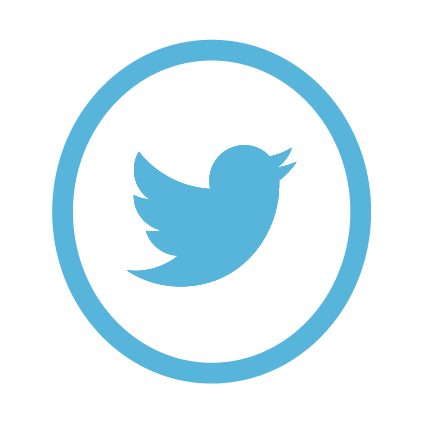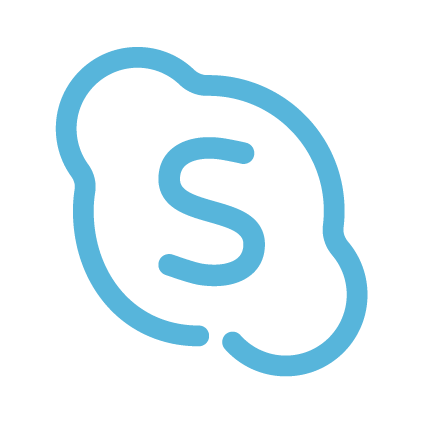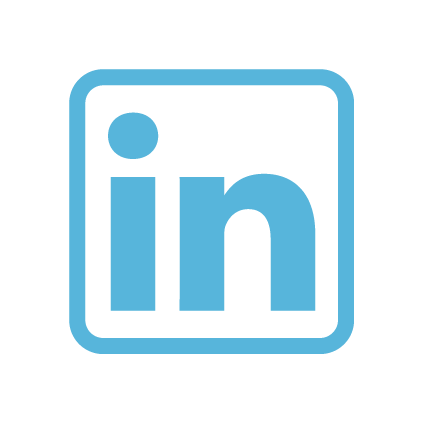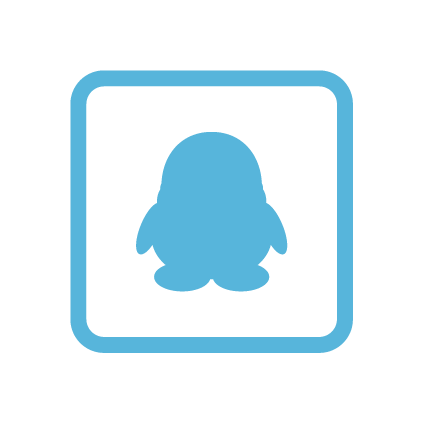
What parts and points are usually included in the head acupuncture model?
Article tag: Head acupuncture model medical acupuncture model
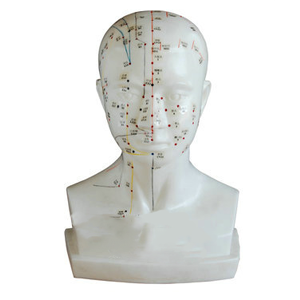
Overall, the head acupuncture model provides a valuable learning tool for learners of TCM acupuncture by showing the meridians and acupuncture points of the head in detail. By observing and operating this model, learners can more intuitively understand the distribution of acupuncture points on the head, thus deepening the understanding of TCM acupuncture theory and improving practical ability. At the same time, this model also promotes the inheritance and development of traditional Chinese acupuncture culture to a certain extent.
...
The head acupuncture model is a fine medical teaching tool that shows the meridians and acupoints of the head in detail. This model is extremely valuable for learners of TCM acupuncture because it provides an intuitive and concrete way to understand and learn about the distribution of acupuncture points on the head. The following is a detailed description of the sites and points typically included in a head-to-head acupuncture model:
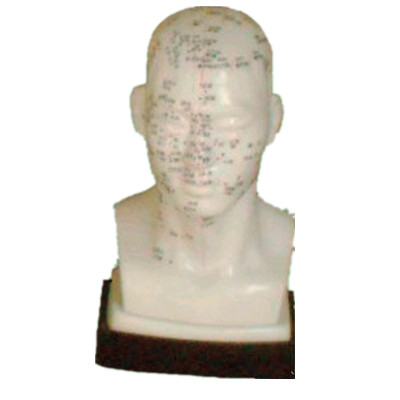
Slot:
Head: This is the main part of the model, covering the head, forehead, temporal, occipital and other areas. These areas have important distribution of acupuncture points in TCM acupuncture theory.
Neck: Models often include parts of the neck as well, especially those connected to or close to points on the head.
Acupuncture Point:
There are a lot of points marked on the head acupuncture model, which are considered to be important points in the treatment and regulation of the body in the theory of traditional Chinese acupuncture. Here are some common head acupuncture points:
Baihui point: Located in the center of the top of the head, it is an important acupoint on the Du vein, often used to treat headaches, vertigo and other symptoms.
Sishencong Point: located about an inch before and after Baihui point, a total of four acupoints, often used to treat insomnia, forgetfulness and so on.
Temple: Located between the tip of the brow and the outer corner of the eye, about a transverse finger back in the depression, often used to treat migraine, eye swelling pain.
Fengchi point: located under the occipital bone of the back of the neck, level with the earlobe, the depression between the sternocleidomastoid muscle and the upper end of the trapeobius muscle, often used to treat neck pain, colds and so on.
Tou Wei point: Located 0.5 inches above the frontal hairline, it is often used to treat migraine, dizziness and so on.
In addition to the above points, the head acupuncture model may also include many points such as Ruigu, Yifeng, Bucca, Xiaguan, Dicang, Sibai, Jingming, Zhuzhu, Yuwaist, Earmen, Listening Palace, Listening Hui, etc. These acupoints have their own unique functions in acupuncture treatment.
Overall, the head acupuncture model provides a valuable learning tool for learners of TCM acupuncture by showing the meridians and acupuncture points of the head in detail. By observing and operating this model, learners can more intuitively understand the distribution of acupuncture points on the head, thus deepening the understanding of TCM acupuncture theory and improving practical ability. At the same time, this model also promotes the inheritance and development of traditional Chinese acupuncture culture to a certain extent.

Marketing Center
Hong Kong, ChinaProduction Base
Shanghai, ChinaProducts
Contact Us
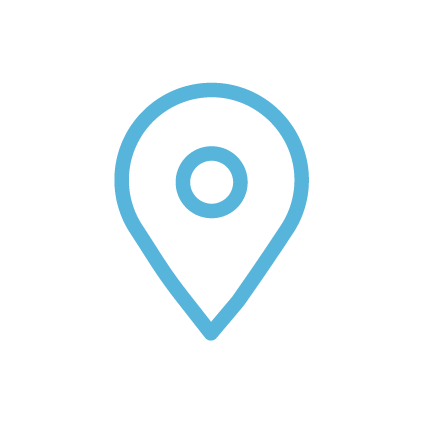 Address: Hong Kong, China
Address: Hong Kong, China
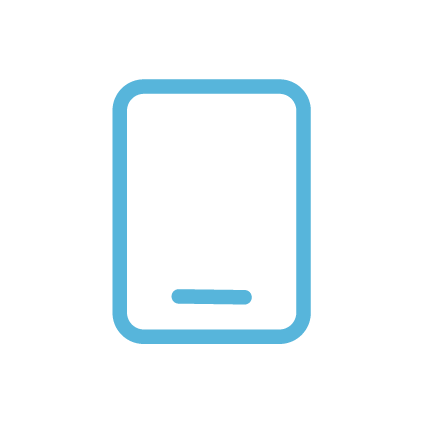 Phone:+86 19937901373
Phone:+86 19937901373
 Email:sophia@adahealthy.com
Email:sophia@adahealthy.com
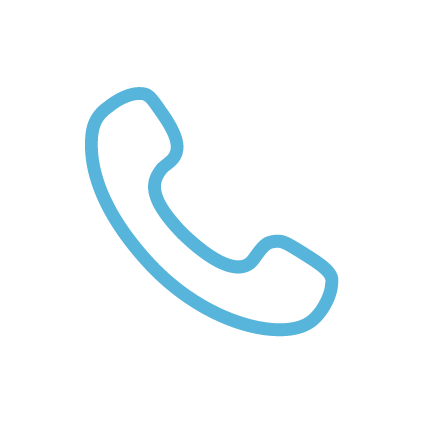 Mobile:+86-0379-65160607
Mobile:+86-0379-65160607


